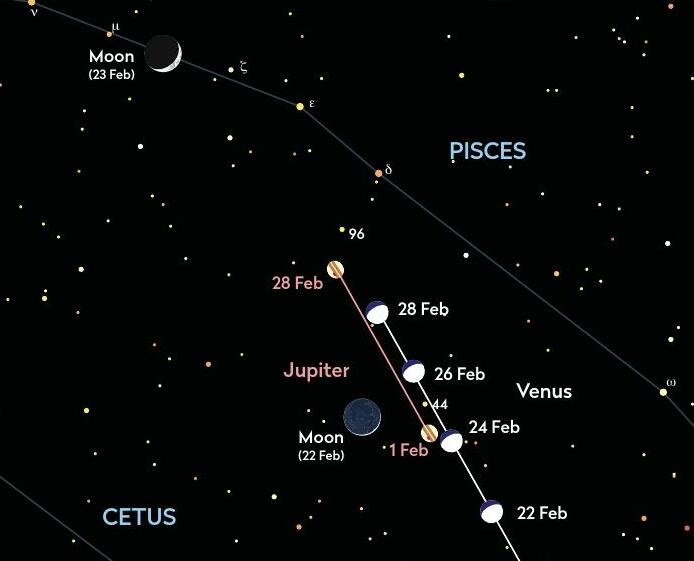
Best time to see: 1 February, from 17:30 UT
Altitude: 34°
Location: Pisces
Direction: South-southwest
Features: Complex atmosphere, Galilean moons
Recommended equipment: 75mm or larger
Through the eyepiece of a telescope, Jupiter's low altitude will mean it will be badly affected by seeing. This causes fine detail to wobble and blur, making such detail difficult to see well. On a more encouraging note, Jupiter's declination is increasing, and when next at opposition in early November, it will be able to reach an altitude of 50° in a dark sky.
A small telescope will currently show the planet's disc, two main belts, and, for apertures above 100mm, the persistent atmospheric feature known as the Great Red Spot. The four Galilean moons are another amazing sight to watch as their starlike dots appear to dance endlessly around the planet.
As the end of February approaches and we move into the start of March, mag. -1.9 Jupiter will appear really close to mag. -3.9 Venus, the two planets forming an impressive pair above the western horizon even despite their low altitude. On 28 February, they will appear 1.5° apart, a prelude to their closest separation of just 0.6° on 1 March. If you have several clear evenings, watching a planetary conjunction involving two bright planets is fascinating. The rapid positional shifts really give you a sense of the three-dimensional nature of our Solar System.
On the evening of 22 February, a thin 8%-lit waxing crescent Moon sits south of the imaginary line joining Venus to Jupiter, a particularly striking display and a great scene to photograph if the conditions are clear.
Diese Geschichte stammt aus der February 2023-Ausgabe von BBC Sky at Night Magazine.
Starten Sie Ihre 7-tägige kostenlose Testversion von Magzter GOLD, um auf Tausende kuratierte Premium-Storys sowie über 8.000 Zeitschriften und Zeitungen zuzugreifen.
Bereits Abonnent ? Anmelden
Diese Geschichte stammt aus der February 2023-Ausgabe von BBC Sky at Night Magazine.
Starten Sie Ihre 7-tägige kostenlose Testversion von Magzter GOLD, um auf Tausende kuratierte Premium-Storys sowie über 8.000 Zeitschriften und Zeitungen zuzugreifen.
Bereits Abonnent? Anmelden

Putting cosmic rays to work
These penetrating interstellar particles have applications from astronomy to archaeology
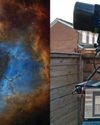
Set up your first imaging sequence
How to automate and coordinate your gear over multiple nights of imaging
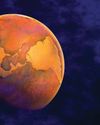
The Universe without gravity
Life with no gravity might sound a fun idea, but as Govert Schilling explains, shutting off this pivotalforce would spell disaster for Earth and beyond
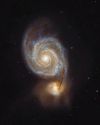
How to blend images taken with different camera setups
Combine data captured at varied focal lengths to create rich, deep images

INSIDE THE SKY AT NIGHT
Back in September 2021, The Sky at Night show spoke to Carly Howett about NASA's then upcoming Lucy mission. As the spacecraft now approaches its main targets - the Trojan asteroids - we check in with her to see how the mission is going

The science of SCI-FI
We love a good sci-fi film, but do they get the science right? Amy Arthur picks six of the big mistakes made in space films
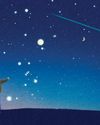
Seeing in a new light
It's National Astronomy Week this month, so take a tip from Mark Westmoquette and let mindful stargazing change your perspective on your life and problems
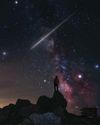
What to do if you find a meteorite
Ever come across an unusual rock and wondered if it's a meteorite? Mark McIntyre explains how to tell if that stone really is a fragment from outer space

GEAR
Charlotte Daniels rounds up the latest astronomical accessories

Q&A WITH A STELLAR ECLIPSE SPECIALIST
Many stars are gravitationally locked inside multi-star systems, but a rare new triple-star system has set a new record for how cosy these clusters can get
